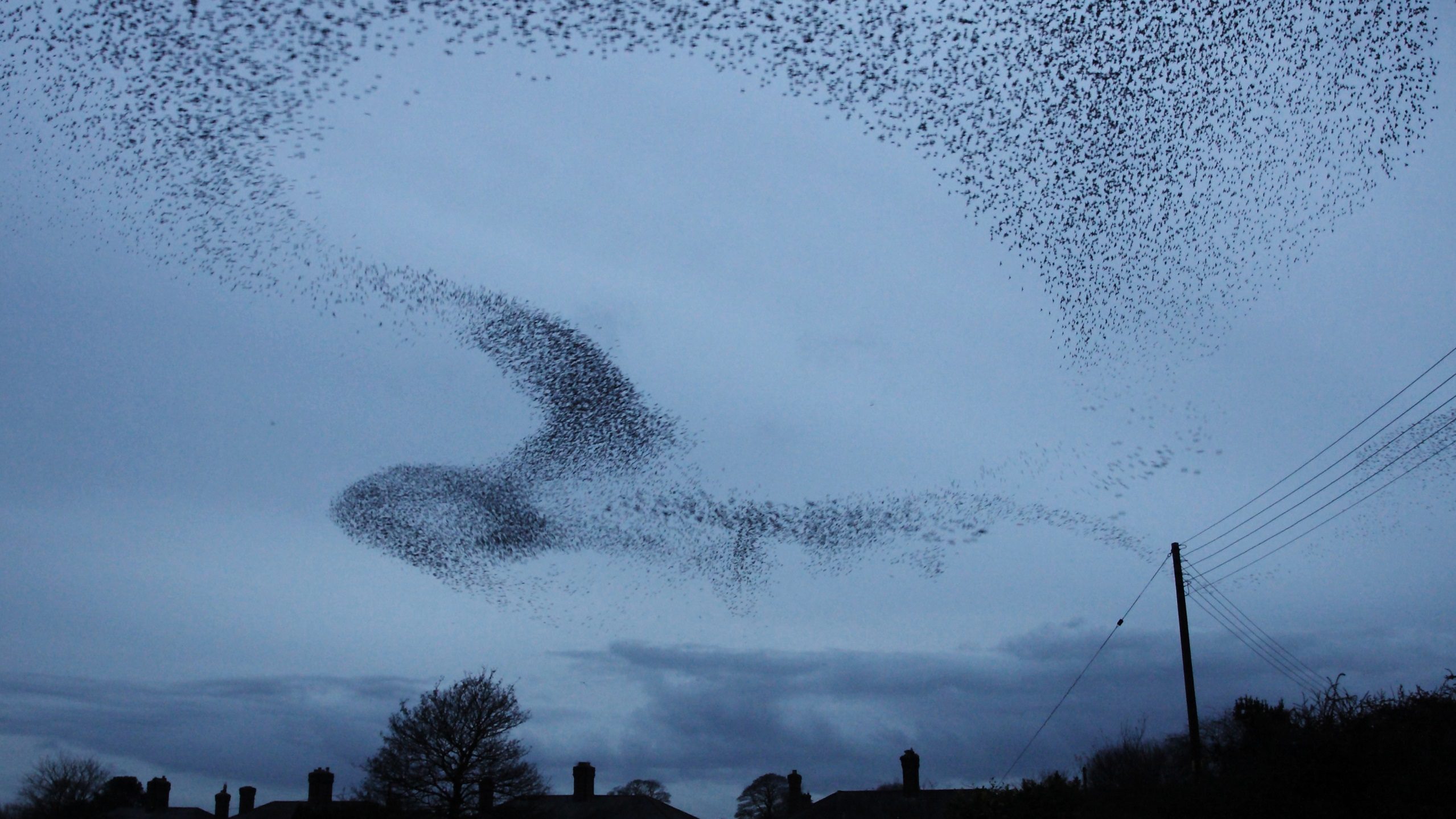Another quest, another posting. 7 Ways to Reward the Brain Quest uses a TED Talk and a simple task to engage the learner (me).
Using one the many tools available for digital reflection (Blog, Youtube video, Cinch, etc), offer some initial impressions of this talk and how it might impact your approach to design games for learning. This can be a short entry.
So to ‘reflection.’ First reflection was the size of the industry, the scope of the industry (Entropia vs Farmville), the size of the audience and the amount of knowledge we are creating amount human behaviour through the data analysis.
So given the example, we could design a task where a player had to find between 5 – 20 something’s hidden in boxes. In games we might have a situation or game where….
- 100% of boxes have something in
- 10% of boxes have something great
- 25% og boxes have the right something
Typically, Tom Chatfield’s explained that when ‘we’ get 13 somethings we start to get disillusioned…. I get it, its an evolutionary response but I had never thought or even considered that game designers could ‘change probability’ at any given time within in a game? I always thought that games offered ‘consistent’ reward. I do not know why I thought that? I suppose that I just didn’t question it, that is all.
So, to think that in and around 13 somethings we could change the percentage chance of finding something great from 10% to 20%, the chance of finding the right something from 25% to 40% we can impact behaviour is a new consideration.
How does that impact on my current teaching, my current thinking? Well, possibly the key teaching philosophy drilled into my teaching practice by mentors was consistency. I am now reflecting and considering that very practice. I am certainly thinking over how most current rewards / merit systems overlook these recommendations and most certainly how they overlook the power of uncertainty.
[qr_code_display]

Pingback: » Blog Archive » Brain Quest Kindergarten